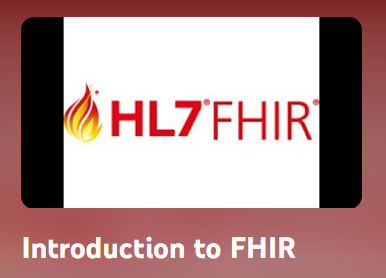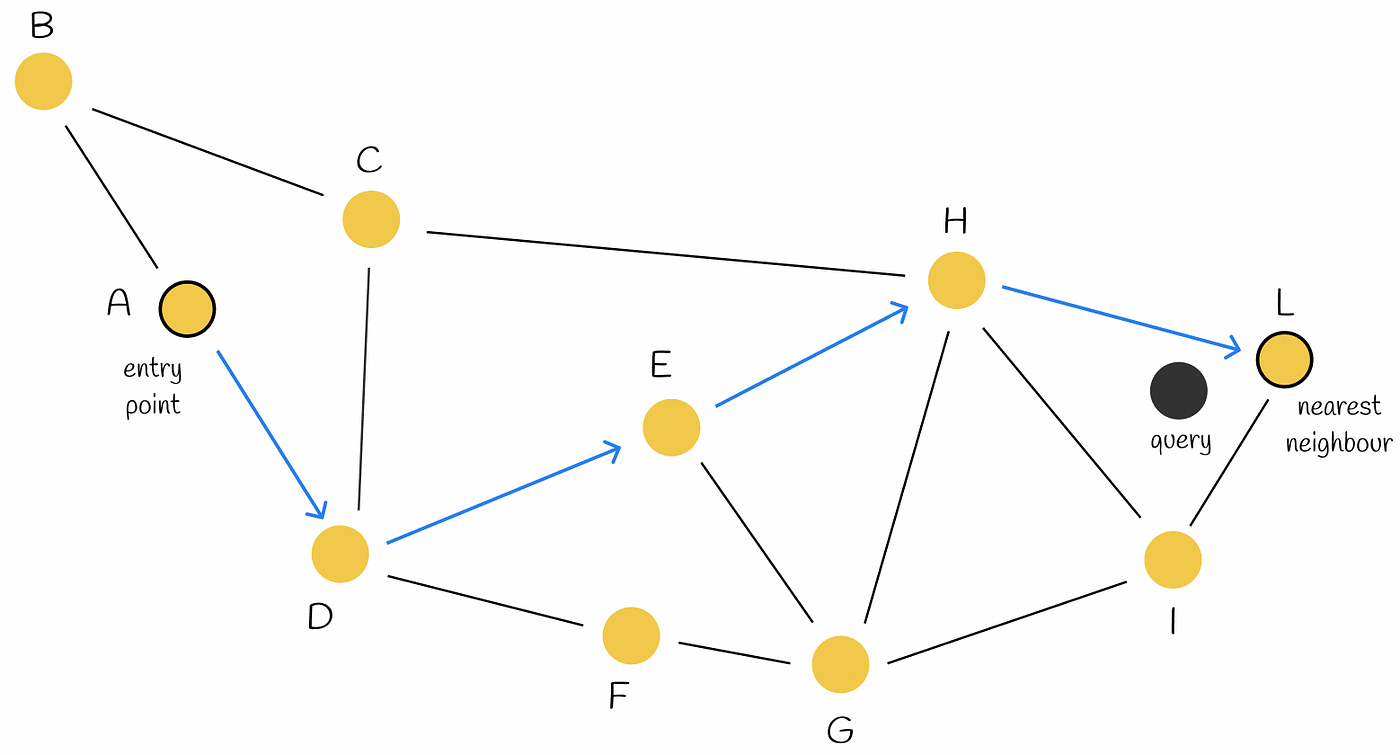InterSystems announces its second preview, as part of the developer preview program for the 2024.1 release. This release will include InterSystems IRIS®, InterSystems IRIS® for HealthTM, and HealthShare® Health Connect.
InterSystems Developer Community is a community of
25,508 amazing developers
We're a place where InterSystems IRIS programmers learn and share, stay up-to-date, grow together and have fun!



.png)